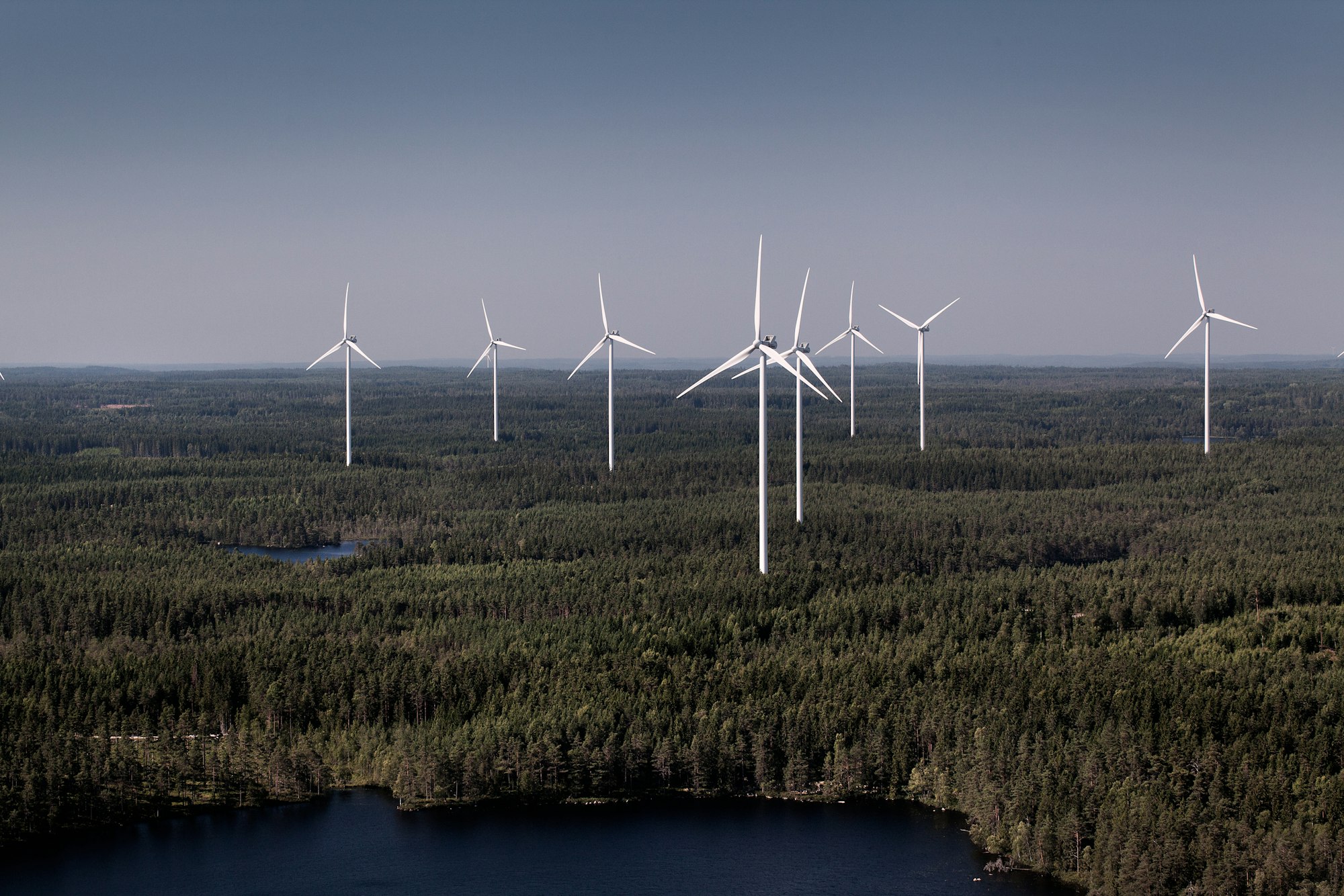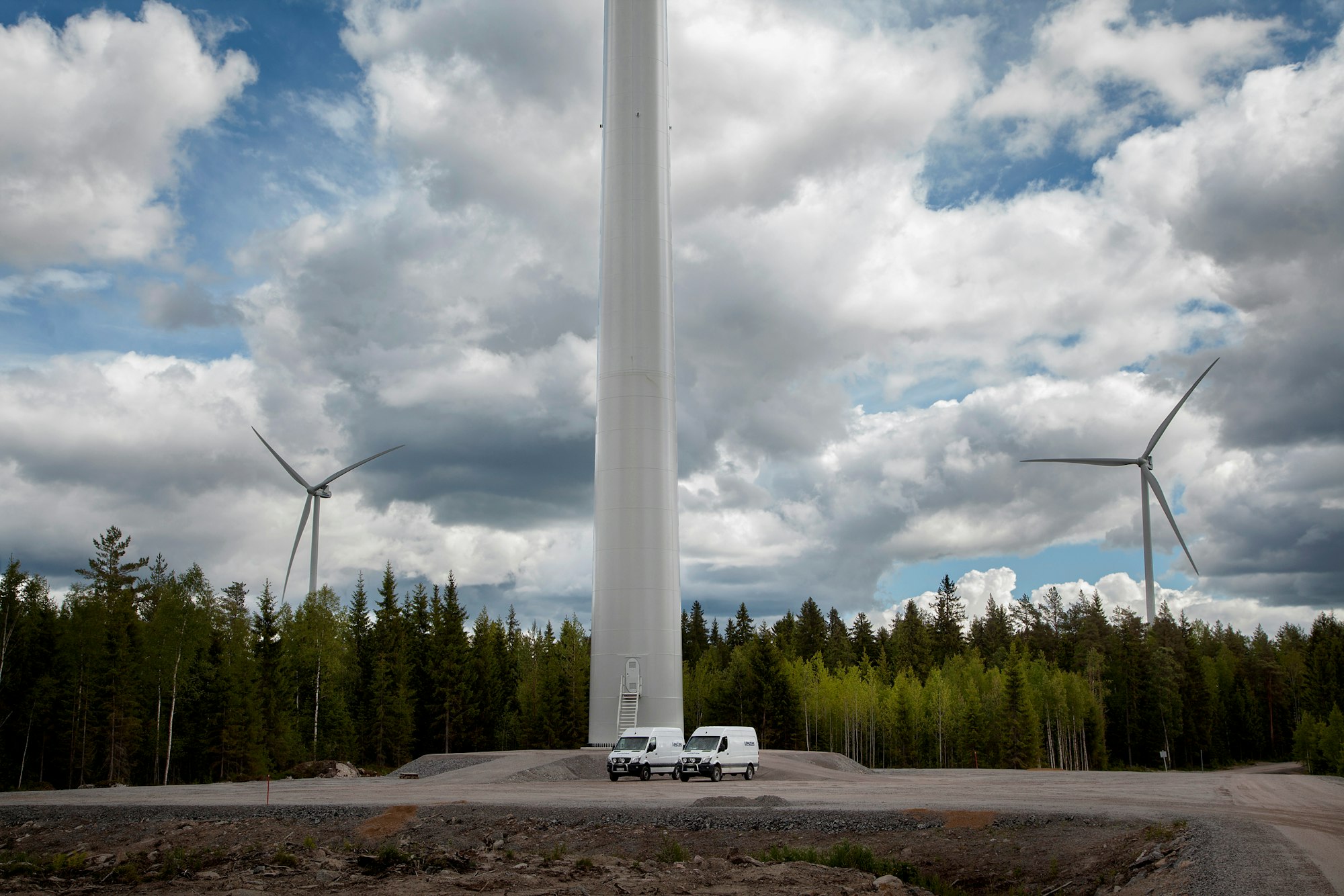Vestas to become carbon-neutral by 2030
20 January, 2020

Vestas, the Denmark-based leader in sustainable energy solutions, has long been at the very forefront of renewable energy. It was Vestas which essentially established wind power technology as we know it today, and since nurtured its expertise to become the company it is – world market leader, with over 108 GW of wind power generating capacity spread around the world.
Undoubtedly, Vestas’ contributions to the energy transition have been immense. While the company’s turbines provide electricity that displaces 167 million tons of CO2 every year, the significance of wind power goes much further.
For this we need look no further than Vestas' home nation of Denmark, where the technology provided almost half (47%) of electricity consumption through 2019. It was a new record; providing clear evidence of the value of wind power in delivering a robust supply of emission-free power.
Continuing to refine wind power technologies and with a strong pipeline of an additional wind capacity to be installed, Vestas is certain to remain a driving force behind the push for decarbonization of energy.
Going into the decade ahead, however, Vestas looks set to begin to lead in a new direction too – with a path which will see the company seeking to deliver a more sustainable world, not simply through the technology solutions it brings to market, but by looking inward at its own operations.
In January the company announced that it aims for total carbon neutrality by 2030, and a 55% reduction of its global carbon footprint by 2025.
Speaking with Northvolt about the announcement, Lisa Malmquist Ekstrand, head of sustainability at Vestas said: “We pioneered wind energy, and today that is recognized as one of the top solutions to tackle the climate crises. At Vestas we believe now is the time to take the next steps in sustainability, to focus on our own operations and the supply chain. We feel it is the right way to go.”
“Crucially, we will secure carbon-neutrality without the use of carbon offsets. Through a series of initiatives across our company, our manufacturing and our supply chain, we will deliver the necessary CO2 reductions directly, based on our own actions and in collaboration with partners.”
Describing the motivations behind the new direction, Lisa said: “Making sustainable products is not enough. They need to be produced in a sustainable manner, and that means making sustainable choices across the company’s activities. The new direction is not only the right way forward for the environment, but aligns us with the increasing expectations of stakeholders, including our partners, customers, and employees.”
Together, we will not just make products that build a more sustainable planet, but we will do so in the most sustainable way possible

A greener path forward
So how will Vestas – a company which has already been powering its global fleet of factories and offices with 100% renewable electricity since 2013 – go about achieving its ambitions?
Well, battery electric vehicles certainly have a role to play, but that’s not all…
“Part of the challenge we face is to make positive changes in areas where the company has less direct experience, like heating and transportation,” said Lisa. “Elsewhere, reducing emissions in our supply chain will be achieved by how we design products, but also sustainability partnerships with suppliers.”
Noting that large shares of Vestas’ carbon footprint stem from the use of raw materials such as steel, iron and concrete for turbine foundations, Lisa explained that a specific target has been set for the supply chain.
“We’re aiming to reduce CO2 emissions from our supply chain by 45% per MWh generated by 2030. That measurement has been chosen because we believe it will support establishing sustainability partnerships with suppliers, whilst at the same time stimulate growth of wind power markets."
Taking some first steps this year, Vestas will begin switching out its company vehicles for electric vehicles. “We expect to have around 1000 electric vehicles operating for Vestas by 2025,” said Lisa.
“The switch to electric is much easier with passenger cars, but it’s a little more challenging with larger vehicles in our global service vehicle fleet which are often carrying large loads. However, we’re also committing to transitioning this service fleet, of some 4000 vehicles, to renewable fuelled vehicles in coming years.”
As well as supporting development of wind farm projects, the fleet is responsible for supporting Vestas’ servicing a fleet of customers’ turbines amounting to some 90 GW. Lisa acknowledged that there may be some initial increased costs involved in the transition of the company fleet, but ultimately savings will be made.
“We’ve seen other manufacturing OEMs coming out with CO2 emission reduction targets, but coming out with a commitment without offsets is significant. Hopefully, we demonstrate that it’s possible to integrate sustainability holistically,” concluded Lisa.